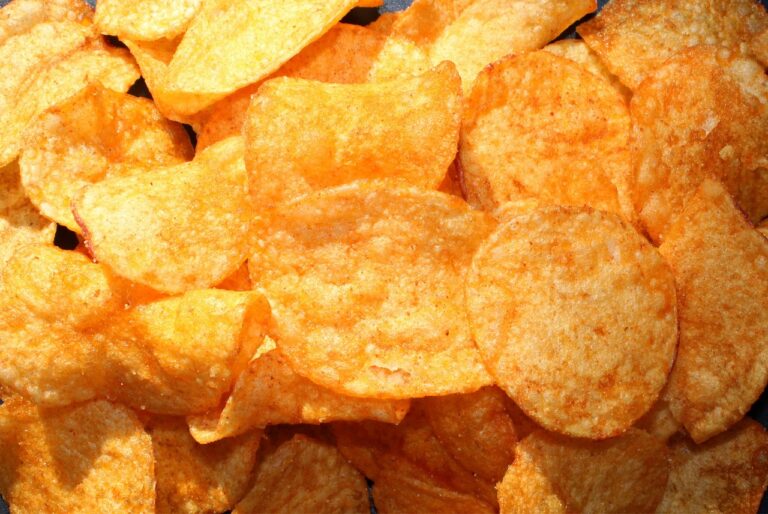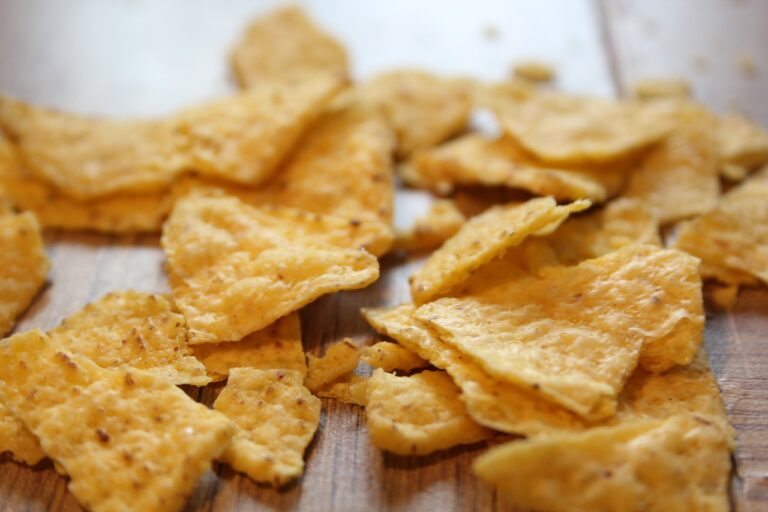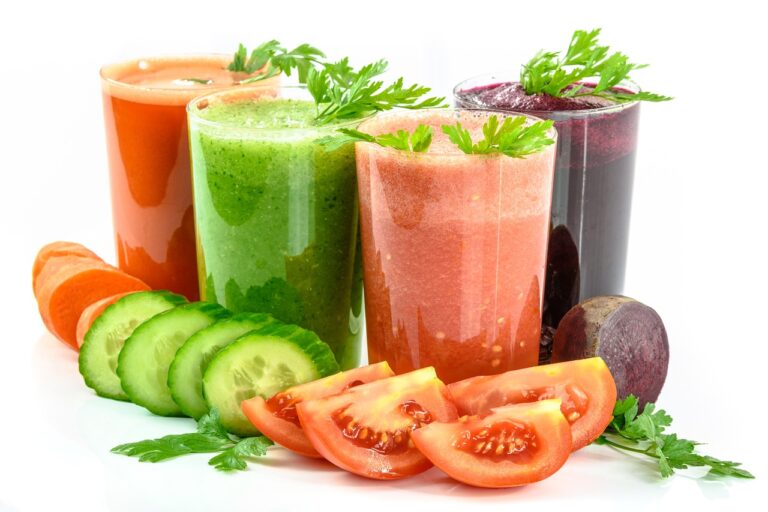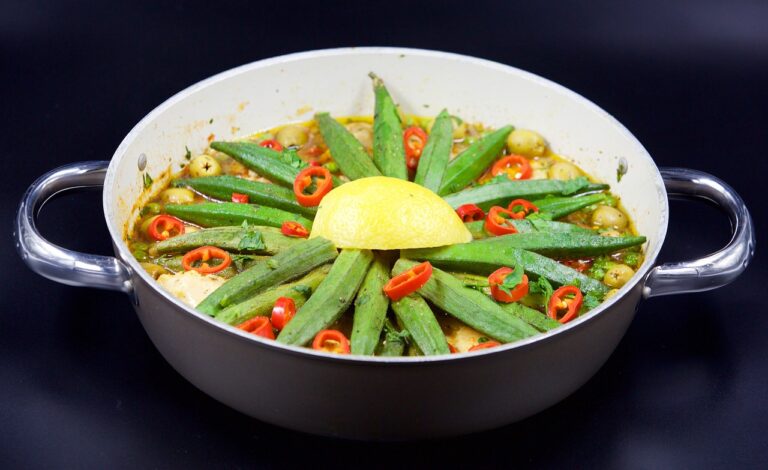10 Captivating Reasons Why You Are Craving Biscuits
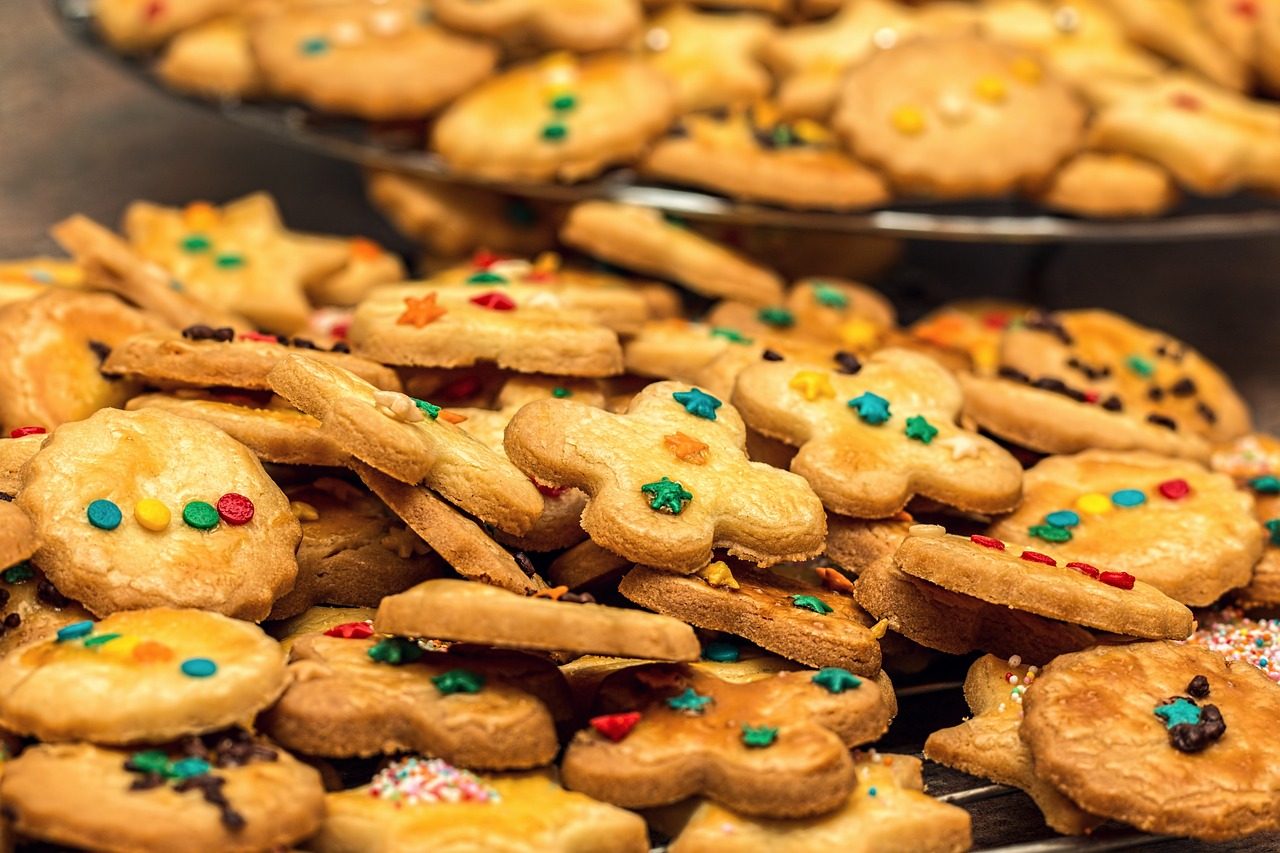
Craving biscuits is a common experience for many, evoking a deep-seated desire for that comforting, delicious crunch. Whether it’s the sweet allure of a chocolate chip cookie or the savory satisfaction of a buttery shortbread, biscuits hold a special place in our hearts and stomachs. Let’s delve into the phenomenon of biscuit cravings, exploring ten reasons why these baked goods are so irresistible.
Why You Are Craving Biscuits?
1. Emotional Comfort
Biscuits often serve as a source of emotional comfort. They can evoke nostalgic memories of childhood or special moments shared with loved ones. The act of biting into a familiar biscuit can instantly transport us back to times of safety and warmth, providing a psychological hug when we need it most.
Moreover, the simple pleasures derived from the flavors and textures of biscuits can momentarily distract us from the stresses and strains of daily life. This emotional connection may explain why we often reach for biscuits during times of emotional upheaval or stress.
2. Convenience and Accessibility
Biscuits are incredibly convenient and accessible, making them an easy target for cravings. They are usually ready-to-eat and can be found in almost every store, pantry, or vending machine. This accessibility means that when a craving strikes, biscuits are one of the easiest snacks to grab and satisfy that urge quickly.
Additionally, their long shelf life and portability make biscuits a go-to snack for any occasion, whether it’s a quick bite at work or a snack during a road trip. The convenience of biscuits feeds into the cycle of craving and gratification, reinforcing our desire for them.
3. Variety and Versatility
The sheer variety and versatility of biscuits contribute significantly to their crave-worthy status. From sweet to savory, soft to crunchy, the options are endless. This variety ensures that there is a biscuit to satisfy any specific craving, whether it’s for something chocolatey, fruity, or cheesy.
Furthermore, biscuits can be enjoyed in numerous ways—dipped in tea or coffee, paired with cheese, or as the base for a dessert. This versatility means that biscuits never become boring and can always offer a new taste experience, keeping our cravings alive.
4. Sugar and Fat Content
Biscuits typically contain high levels of sugar and fat, ingredients that our bodies are hardwired to crave. Sugar triggers the release of dopamine, a neurotransmitter associated with pleasure and reward, while fat provides a rich, satisfying mouthfeel. Together, these components make biscuits incredibly rewarding to eat.
The craving for sugar and fat is rooted in our evolutionary past, where high-calorie foods were crucial for survival. Even though we no longer need to store energy in the same way, our brains still respond to these ingredients with intense desire.
5. Texture and Mouthfeel
The texture and mouthfeel of biscuits play a significant role in their crave-ability. The crunch of a perfectly baked biscuit or the softness of a chewy cookie provides a sensory experience that is deeply satisfying. This physical sensation of eating a biscuit—feeling it crumble and melt in the mouth—is as important as the taste itself.
Different textures can also trigger different types of cravings. While some might crave the crispiness of a thin biscuit, others might long for the dense, chewy texture of a cookie loaded with ingredients. This variability in texture ensures that biscuits can cater to a wide range of sensory preferences.
6. Social and Cultural Influences
Social and cultural influences significantly impact our craving for biscuits. In many cultures, biscuits are an integral part of social occasions and traditions, such as afternoon tea in the UK or Christmas cookies in the US. These practices create a strong associative link between biscuits and feelings of community and celebration.
Moreover, social media and advertising constantly bombard us with images of delectable biscuits, triggering cravings through visual stimulation. The cultural prominence of biscuits in our social rituals and media landscapes reinforces our desire for them.
7. Comfort in Routine
For many, enjoying a biscuit with a cup of tea or coffee is a cherished daily ritual. This routine provides a sense of comfort and stability in our often hectic lives. The ritualistic nature of this habit can make the craving for biscuits a part of our daily rhythm, something we look forward to as a moment of personal indulgence.
Additionally, the act of taking a break to enjoy a biscuit can serve as a form of self-care, a small gesture that signifies taking time for oneself. This regular practice can make biscuits feel like an essential part of our day-to-day well-being.
8. The Impact of Advertising
Advertising plays a powerful role in shaping our cravings. Biscuit manufacturers employ sophisticated marketing strategies that appeal to our senses, emotions, and memories. The sight of a golden, buttery biscuit or the sound of a package being opened can instantly trigger a desire for that experience.
These advertisements often highlight the most appealing aspects of biscuits—their texture, flavor, and the joy of sharing them with others—making it difficult to resist the urge to indulge. The constant exposure to biscuit advertising keeps these treats top of mind and intensifies our cravings.
9. The Quest for Novelty
Humans have a natural inclination towards novelty, and the biscuit industry continuously innovates with new flavors, textures, and formats. This quest for novelty can spark curiosity and desire for biscuits, as we are tempted to try the latest creations and limited-edition releases.
The excitement of discovering a new favorite or the thrill of tasting a unique flavor combination keeps our interest in biscuits fresh. This continuous innovation feeds into our craving cycle, as we always have something new and exciting to look forward to.
10. Hormonal Fluctuations
Finally, hormonal fluctuations can influence our cravings for biscuits and other comfort foods. For example, changes in hormones during menstrual cycles, pregnancy, or stress can heighten cravings for sweet and fatty foods. Biscuits, with their sugar and fat content, fit the bill perfectly.
These hormonal shifts can alter our mood and appetite, making us more likely to seek out the comfort and satisfaction that biscuits provide. Understanding the link between our physiological states and cravings can help us recognize why we might be reaching for biscuits more frequently at certain times.
In conclusion, the craving for biscuits is a complex interplay of emotional, physiological, and environmental factors. From the comfort they provide to the endless variety available, biscuits hold a unique place in our culinary landscape. Recognizing the reasons behind our cravings can help us enjoy biscuits mindfully, savoring each bite as part of a balanced and joyful relationship with food.

